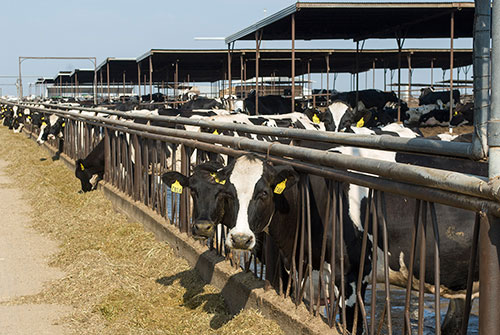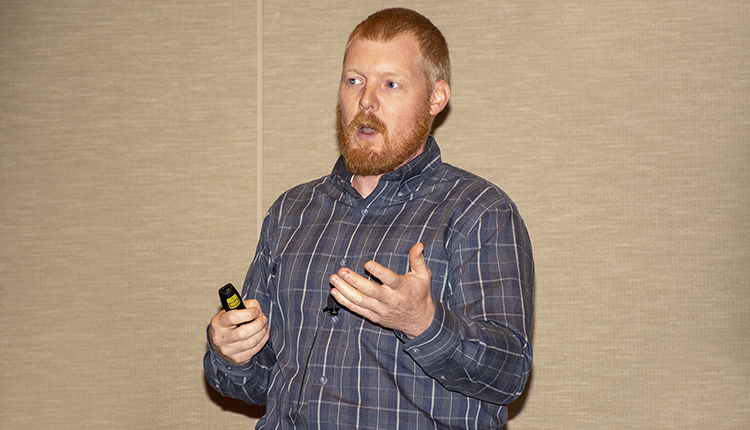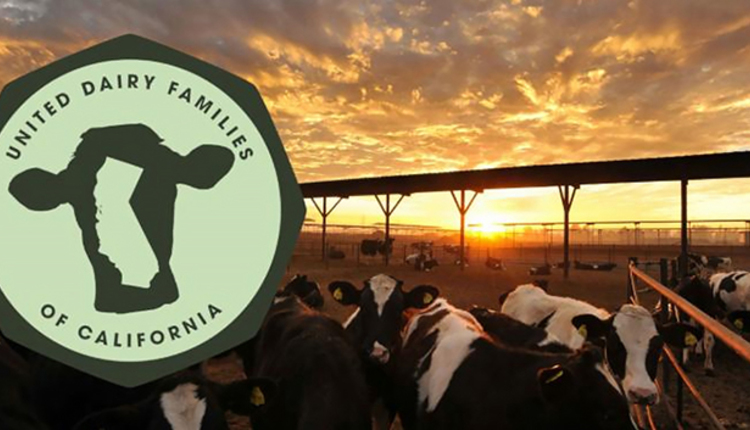
Twenty-one billion dollars in gross domestic product (GDP), $65 billion in total sales "ripple effects," and a driver of 189,000 jobs are just three of the staggering impacts that dairying has on the economic well-being of California, according to a first-of-its-kind report released last week by the California Milk Advisory Board.
Prepared by the Agricultural Issues Center (AIC) at the University of California, Davis and available for free download here, it turns a spotlight on the massive financial implications of dairying in the nation's biggest state economy – a state that, if it were a country, would have ranked ninth among all economies in the world in 2011.
According to lead author and AIC director Dan Sumner, dairy's contribution to California's GDP "far exceeds that in every other state, and by a wide margin."
Milk and cream has perennially been the state's largest single agricultural value sector, ahead of almonds, grapes and cattle. California has been the largest milk-producing state in the U.S. since 1994, and has had the most dairy cows since 1998.
The 189,000 jobs that the report says are associated with dairying in California include approximately 30,000 jobs on farms and 20,000 jobs in dairy processing. For every dairy farm job there are several more jobs that are tied to the business, creating what the report says is "a linked chain of economic impacts."
(c) Hoard's Dairyman Intel 2015
May 18, 2015








